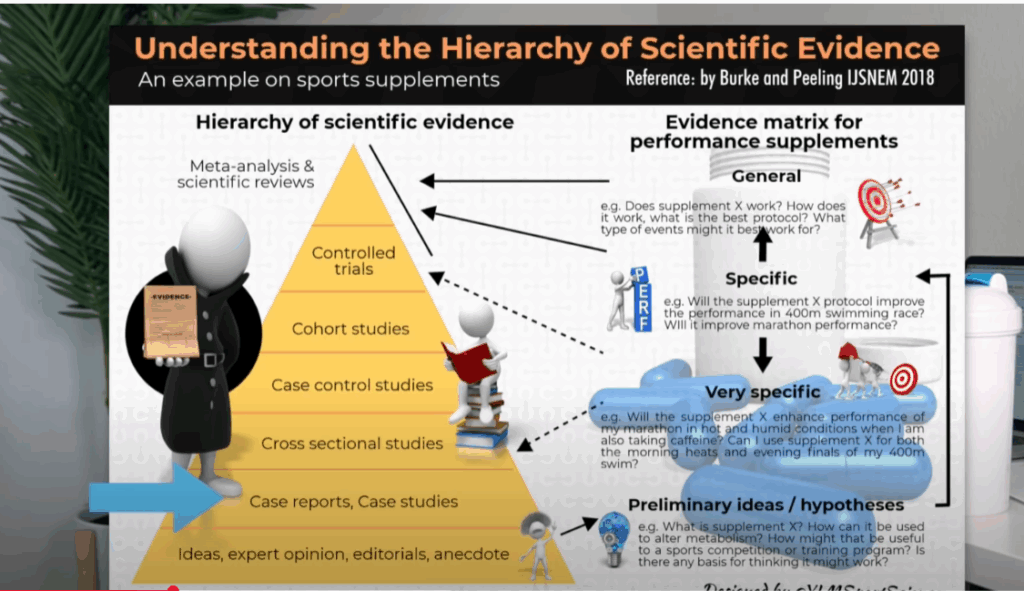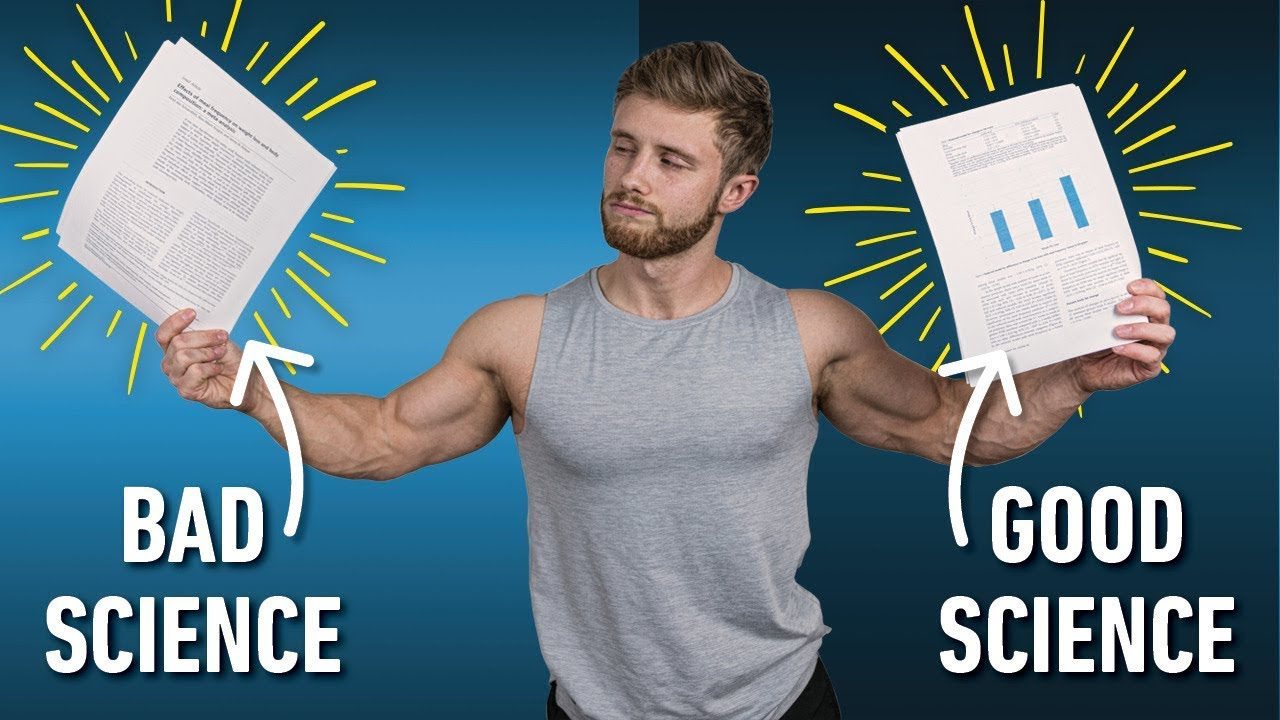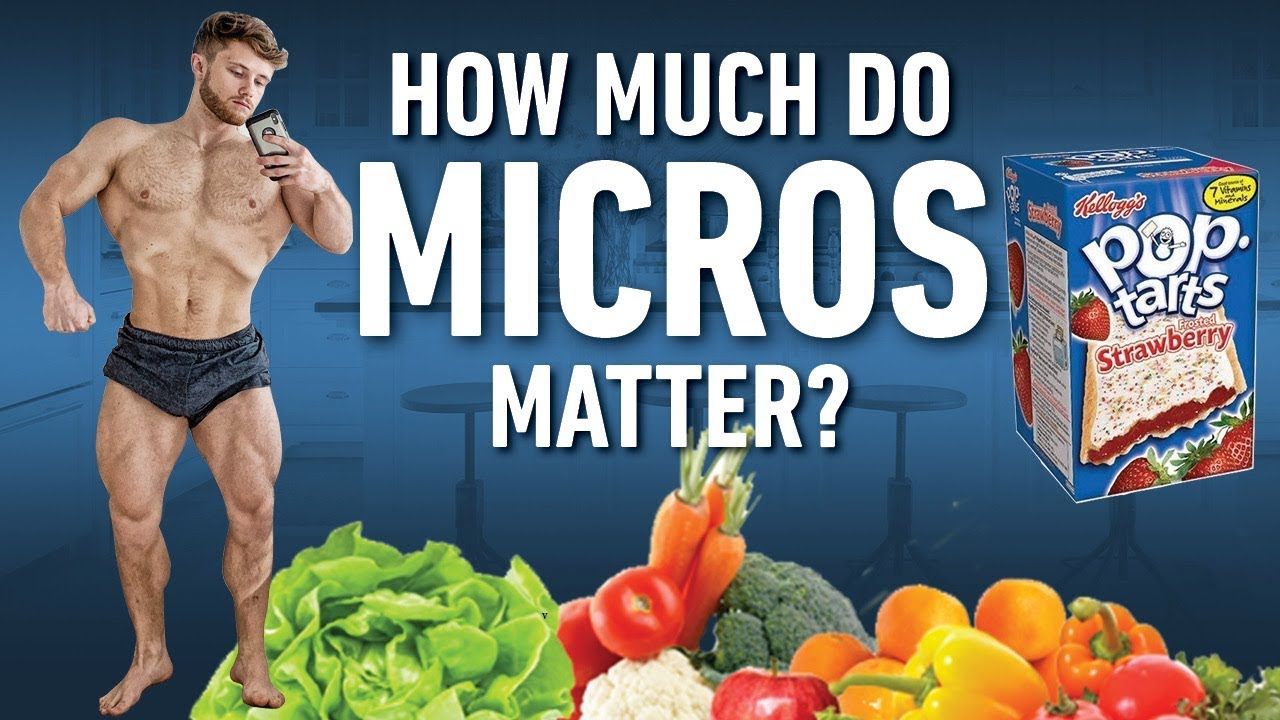With so much new research constantly emerging in the fitness and nutrition world, it can be difficult to separate solid evidence from questionable claims. One week, a study suggests high-volume training builds more muscle; the next week, a headline declares that one set to failure is just as effective. But how do you know which studies are reliable?
If you’re serious about making evidence-based decisions for your training, nutrition, or supplementation, understanding how to evaluate scientific research is essential. Below, we’ll break down the key factors that determine whether a study is trustworthy, using principles accepted in sports science and health research.

1. Understand the Hierarchy of Scientific Evidence
Not all scientific evidence is created equal. Research can range from expert opinions and anecdotal reports to large-scale systematic reviews. Here’s a quick overview of the evidence pyramid, from weakest to strongest:
✅ Lowest Level: Anecdotes and Opinions
Personal stories, blog posts, and even expert opinions are at the bottom of the evidence hierarchy. While they may offer useful insights, they can be biased and aren’t reliable as standalone proof.
✅ Case Studies
Research on one individual or a very small group can sometimes highlight interesting phenomena, but results are often not generalizable. For example, if a single bodybuilder gains 10 pounds of muscle on a new program, it doesn’t mean everyone will respond the same way.
✅ Randomized Controlled Trials (RCTs)
RCTs are much stronger evidence because they compare groups under controlled conditions. For instance, one group might follow a high-volume training program while another performs low-volume HIT, with all other variables kept as consistent as possible.
✅ Meta-Analyses and Systematic Reviews
At the top of the hierarchy are studies that combine and analyze data from multiple trials. By looking at trends across different experiments, meta-analyses can provide the most reliable conclusions—though even these are not perfect, as they depend on the quality of the included studies.
2. Look for Large and Meaningful Effect Sizes
One of the first things to evaluate in a study is effect size—how big the observed change actually is.
For example:
- A strength-training program that increases bench press strength by 10% in trained lifters is more meaningful than a 1% improvement.
- A fat-loss supplement that helps subjects lose an additional 0.1 kg per month over placebo is statistically interesting but practically insignificant.
In the context of exercise science, larger changes in muscle mass, strength, or fat loss are more convincing, provided they make sense based on what we already know about human physiology.

3. Check the Statistical Significance (p-values)
A study’s p-value measures the likelihood that the results happened by chance.
- p < 0.05 is generally considered statistically significant, meaning there’s less than a 5% chance the results are random.
- p < 0.01 is even stronger and provides greater confidence in the findings.
However, statistical significance alone doesn’t guarantee that the results are meaningful. A huge sample size can produce statistically significant results even if the actual effect is very small.
4. Look for a Plausible Mechanism
Ask yourself: Does the result make biological sense?
If a study claims that chewing a specific flavor of gum increases muscle growth fivefold, you should immediately question the validity. There’s no known physiological mechanism by which gum flavor could enhance hypertrophy, so such findings should be viewed with skepticism until replicated by other research.
In contrast, if a study shows that progressive overload increases muscle size, it makes sense because the mechanism—mechanical tension triggering muscle protein synthesis—is well established.
5. Check for Replication and Consistency Across Studies
One study, no matter how well-designed, shouldn’t be treated as absolute truth. The best evidence comes from multiple studies showing similar outcomes.
For example:
- The idea that progressive overload drives hypertrophy is supported by decades of consistent research.
- Claims that a new supplement boosts testosterone by 50% should be treated cautiously until multiple independent trials confirm it.
6. Be Aware of Publication Bias
Scientific journals tend to favor publishing positive results over negative or null findings. This means studies that find “no significant effect” often remain unpublished, skewing the apparent strength of evidence for some interventions.
For example, if five studies show a fat burner has no effect and one poorly conducted study shows a slight benefit, the positive one is more likely to be published, misleading readers.
7. Consider the Population Being Studied
Always look at who the subjects were. Research on untrained college students may not apply to experienced bodybuilders. Similarly, findings from clinical populations (e.g., obese or elderly individuals) might not translate directly to healthy, athletic individuals.

8. Use Trusted Research Summaries
If you don’t have time to read every scientific paper yourself, rely on reputable research reviews that critically evaluate studies.
One of the best resources for fitness enthusiasts and coaches is MASS Research Review, which analyzes the latest strength and hypertrophy research. Reviews like these help cut through the noise and summarize findings in practical, easy-to-understand terms.
Putting It All Together: How to Judge a Study
When evaluating any fitness or nutrition study, ask yourself:
✅ Is the evidence type strong? (Meta-analysis or RCTs > anecdotal evidence)
✅ Is the effect size meaningful? (Does it have practical significance?)
✅ Is there a plausible mechanism? (Does it align with established science?)
✅ Have other studies found similar results? (Replication builds confidence)
✅ Does it apply to me? (Consider the study population)
By following these steps, you can avoid being misled by flashy headlines and make smarter, evidence-based decisions for your training and nutrition.
The Bottom Line
Not every study that goes viral in the fitness world should influence how you train or eat. Learning to critically evaluate research will help you separate legitimate science from hype, ensuring your efforts in the gym and the kitchen are guided by reliable information.
Remember, one study rarely changes the entire body of evidence. Look for consistent trends, strong mechanisms, and high-quality research before adopting any new training method or supplement.



